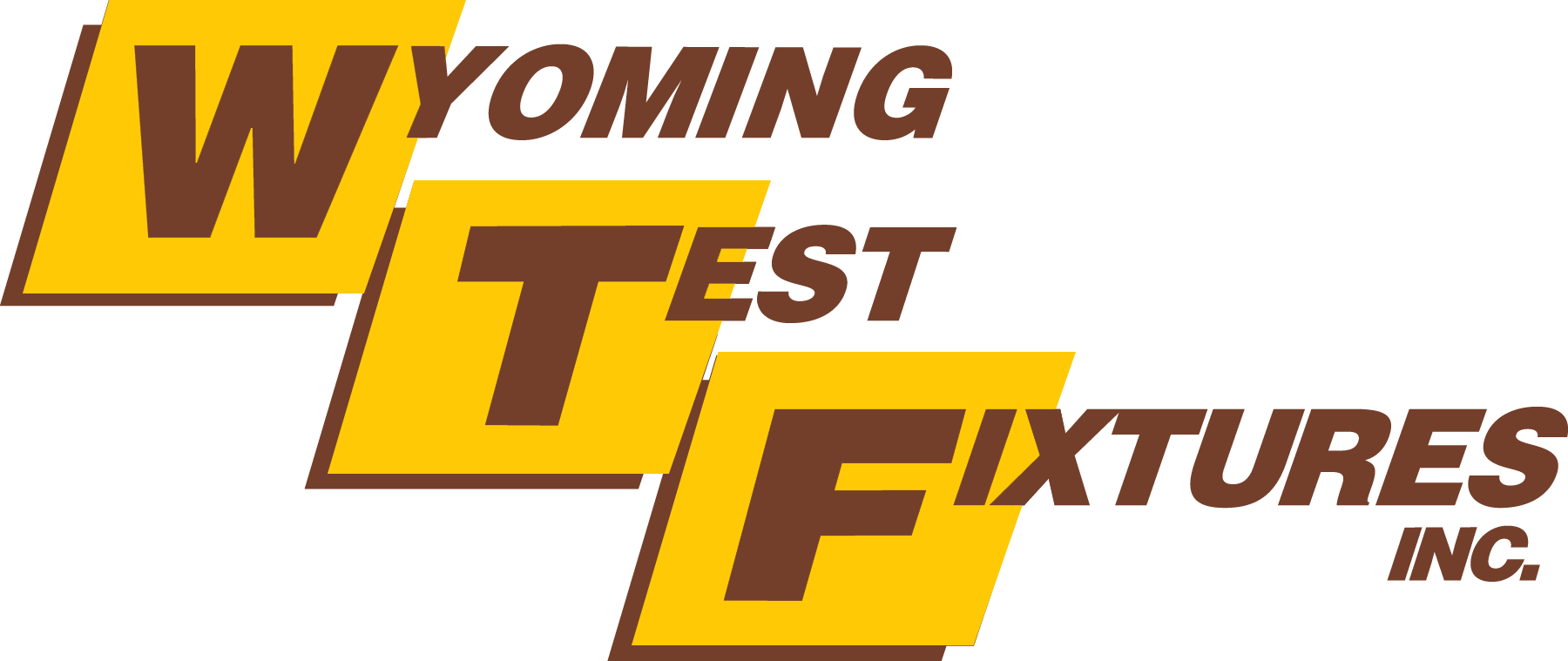Long Beam Flexure Test Fixture (ASTM D7249)
Model No. WTF-LF (Aluminum and Stainless Steel)
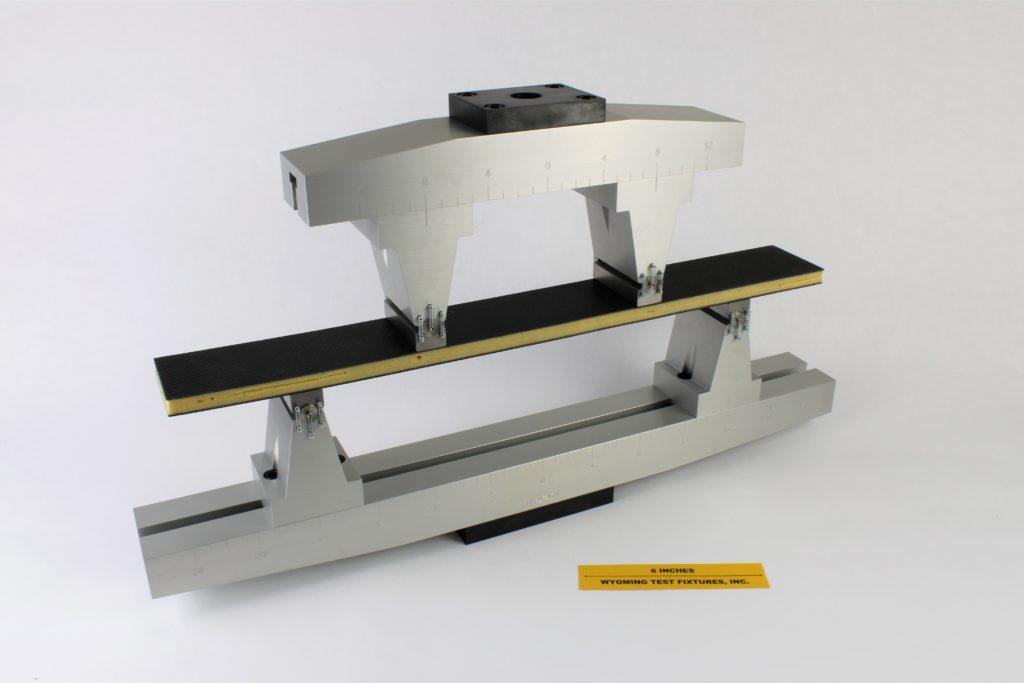
Fig. 1: Standard Long Beam Flexure Fixture (three- and four-point loading) with fully adjustable spans, engraved scale markings, 24" maximum support span, 12" maximum loading span, 3" x 1" hardened steel loading and support pads.
This test method was first standardized as ASTM D7249 in 1957 for sandwich panel testing (Reference 1). However, it is also useful for flexural testing any other type of specimen, e.g., solid laminates per ASTM D790, D6272, and ASTM D7264. (References 2, 3, 4). The standard Long Beam Flexure Fixture can also be customized to accommodate specimens of other practical maximum lengths and widths.
ASTM D7249 permits the use of either single (midspan) loading, or two-point loading (the set-up shown in Fig. 1). These are usually termed three-point and four-point flexure, respectively. The fixture can be used in either configuration, one loading head being removed and the remaining one centered on the loading beam to perform three-point loading.
In use, the fixture is attached at both top and bottom to the testing machine. Custom adapters can be made to attatch to any type of connection for a specific testing machine, but are not included with the fixture.
Another option is the addition of alignment rods and linear bearings to the standard fixture, as shown in Fig. 2. This maintains mutual alignment of the halves of the fixture independent of the testing machine alignment. The lower attachment is eliminated, the fixture resting unconstrained on the base of the testing machine.
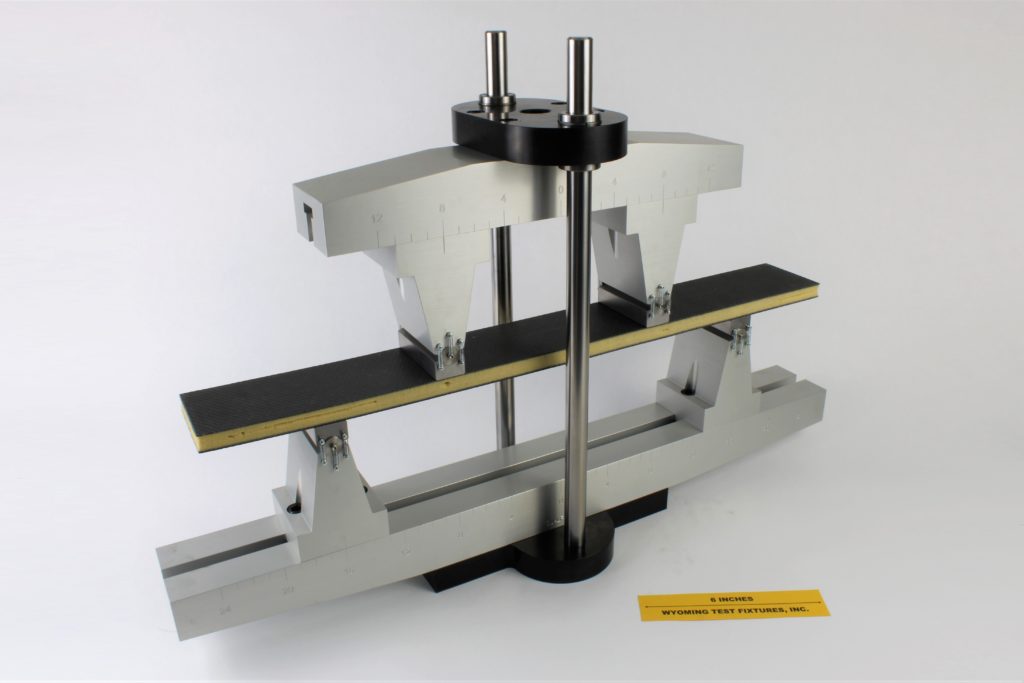
Fig. 2: Standard Long Beam Flexure Fixture with the addition of alignment rods and linear bearings.
To keep the total weight of the fixture reasonable, the loading and support beams and the loading and support heads are fabricated of high strength (6061-T6) aluminum rather than steel. The total weight of the fixture is approximately 40 lb. The optional alignment rods and bearings shown in Fig. 2 add 15 lb.
The Wyoming fixture incorporates pivoting flats, as shown in Figs. 1 and 2. A close-up of a pivoting flat is shown in Fig. 3. ASTM D7249 also permits the use of cylindrical loading and support points. Thus, these pivoting flats can be easily removed and the specimen loaded/supported directly on the hardened 0.50" diameter pivots, if desired.
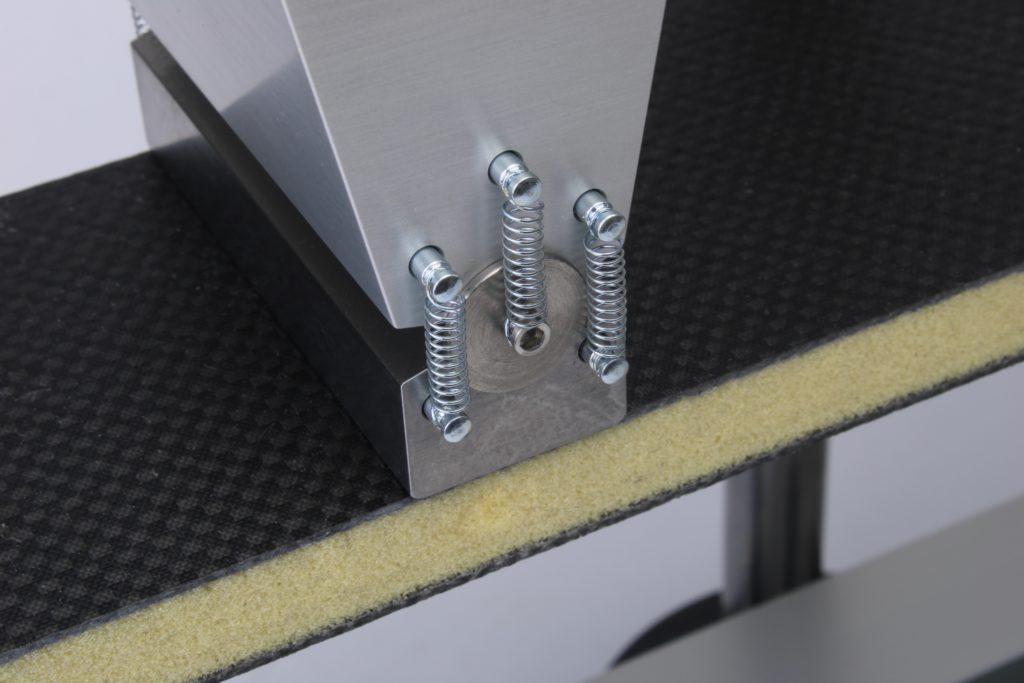
Fig. 3: Close-up of pivoting flat on loading head.
A wide array of other loading and support configuration accessories are also available, including wider and narrower loading flats, loading cylinders of various diameters, and specimen centering stops.
Alignment rods and linear bearings can be used with shorter span flexure fixtures as well, as shown in Fig. 4.
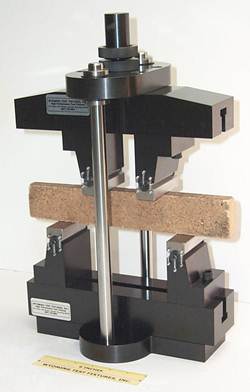
Fig. 4: Special 10" loading and support span fixture with guide rods and pivoting flats.
Figure 5 shows a special screw-adjustable Long Beam Flexure Test Fixture designed for both three- and four-point loading. Using the screw-adjustment, both specimen supports move in and out together, keeping them centered relative to the loading head or heads. The same is true for the four-point loading heads. The set-up for four-point loading is shown in Fig. 5.
The same fixture is shown in Fig. 6, now configured for three-point loading. The loading beam has been turned upside down, to get the four-point loading heads out of the way. The adapter has been replaced by the three-point loading head, the adapter now being mounted on the other side of the beam.
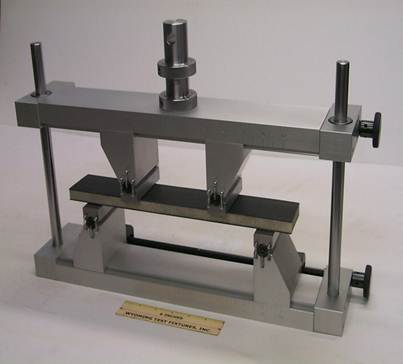
Fig. 5: Screw-adjustable Long Beam Flexure Fixture shown in the four-point loading configuration
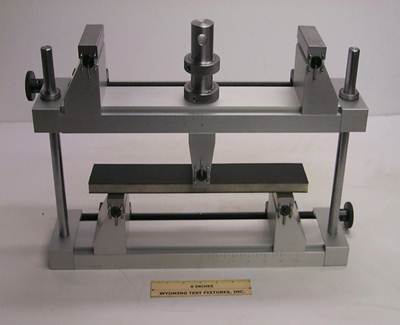
Fig. 6: Screw-adjustable Long Beam Flexure Fixture shown in the three-point loading configuration
A special long beam flexure test fixture, designed specifically for reversed cycle fatigue loading, is shown in Fig. 7. The specimen is clamped between the loading and support points so that reversed loading will be possible. These clamps rotate in bearings as the specimen deflects. Both the loading and the support span lengths are adjustable, and both three-point and four-point loadings can be applied.
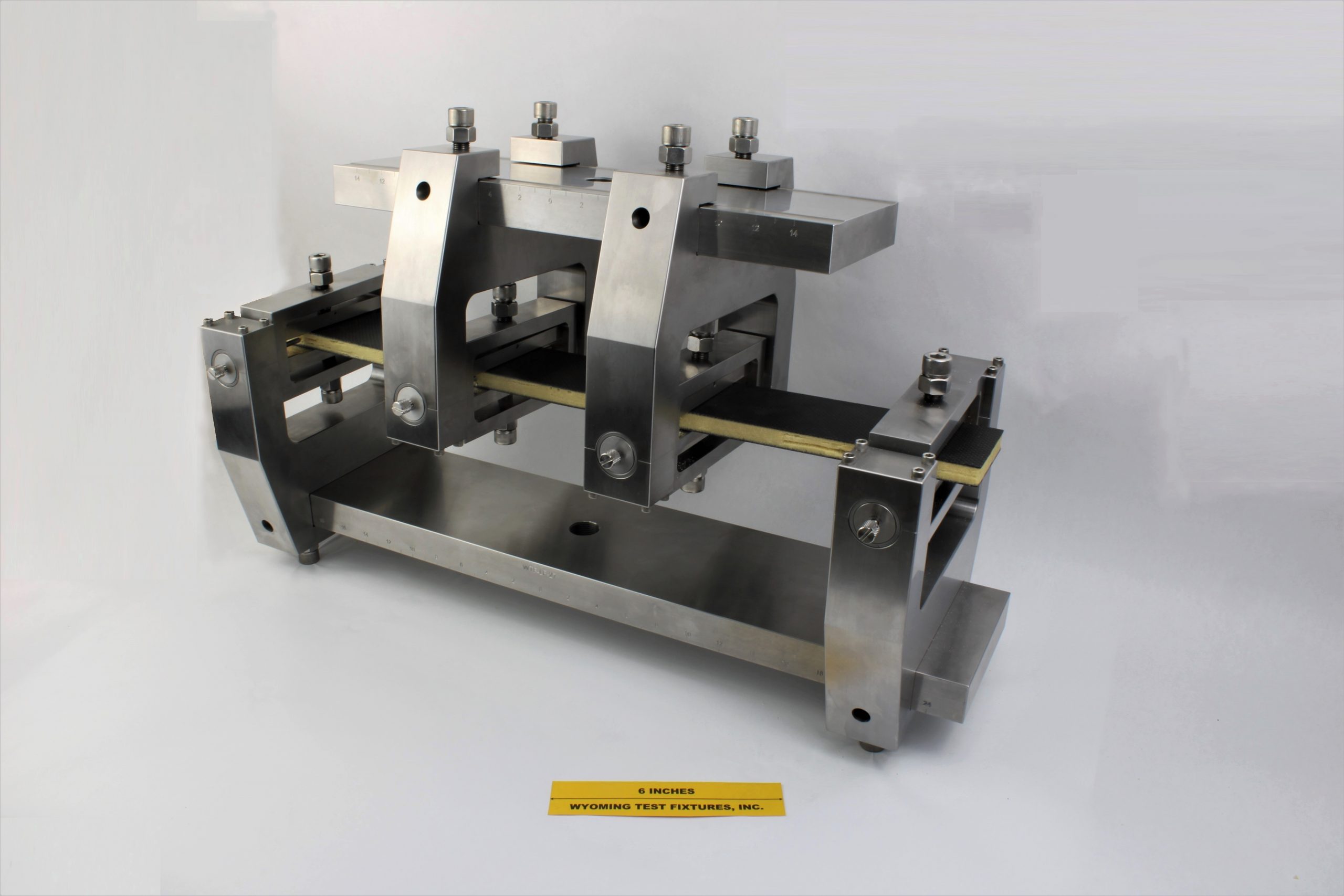
Fig. 7: Special, reversed cycle fatigue Long Beam Flexure Fixture
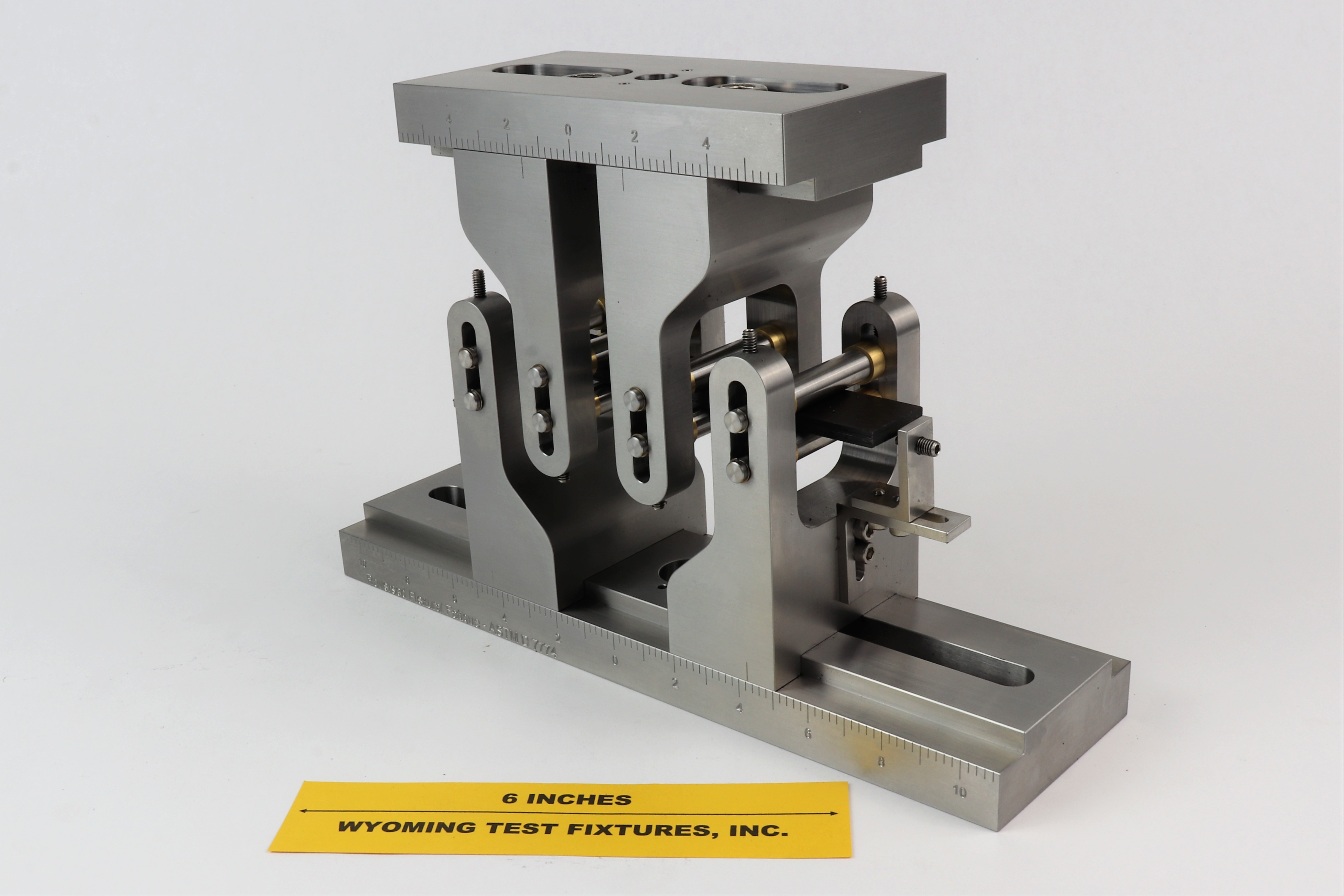
Fig. 8: ASTM D7774 reversed cycle fatigue Long Beam Flexure Fixture
Other specialized configurations of sandwich panel, short and long beam, and solid laminate flexure test fixtures are also available.
Sources of Additional Information:
1) ASTM Standard C 7249-20 (2020), "Facesheet Properties of Sandwich Constructions by Long Beam Flexure," American Society for Testing and Materials, West Conshohocken, Pennsylvania.
2) ASTM Standard D 790-10 (2010), "Flexural Properties of Unreinforced and Reinforced Plastics and Electrical Insulating Materials," American Society for Testing and Materials, West Conshohocken, Pennsylvania (first issued in 1970).
3) ASTM Standard D 6272-10 (2010), "Flexural Properties of Unreinforced and Reinforced Plastics and Electrical Insulating Materials by Four-Point Bending," American Society for Testing and Materials, West Conshohocken, Pennsylvania (first issued in 1998).
4) ASTM Standard D 7264-07 (2007), “Flexural Properties of Polymer Matrix Composite Materials,” American Society for Testing and Materials, West Conshohocken, Pennsylvania (first issued in 2006).
